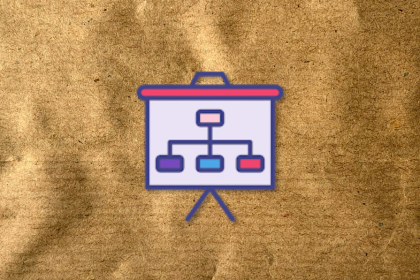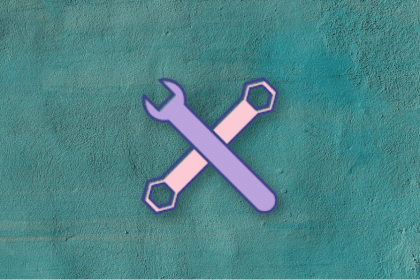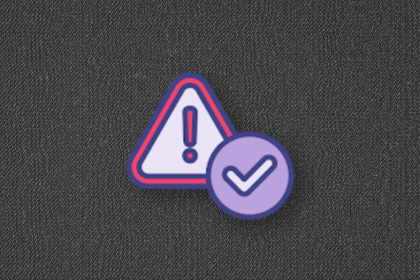
A practical framework for PMs to use AI in ideation without sacrificing judgment, strategy, or decision quality.

A practical five minute revenue estimation method to help product managers compare ideas, drop low impact features, and prioritize smarter.

A practical guide for PMs who want to stop being bottlenecks, delegate smarter, and lead teams effectively with a clear ownership framework.

Stop letting unreliable data block features. Treat data as inventory to track quality, ownership, and ship with confidence.

Learn why slide decks slow teams down and explore better tools like whiteboards, PRDs, and prototypes to improve collaboration and alignment.

AI PM roles are evolving fast. Learn the five types of AI PMs, the skills they need, and how they shape AI products across industries.

Learn how you can use AI agents to automate workflows, boost productivity, and choose the right tools while avoiding common pitfalls.

Move fast, but not recklessly. Learn how to run ethical product experiments that protect users, build trust, and maintain speed.

Learn why AI native products break classic SaaS GTM rules and how to grow through distribution, fast learning, and built in social sharing.

Most product teams neglect tech debt, slowing growth and frustrating engineers. Learn five practical strategies PMs can use to manage it.

Shift from deterministic product thinking to a portfolio approach that helps PMs manage AI models, risk, and continuous change.

Early engineering input drives smarter roadmaps, faster delivery, and more innovative solutions that meet real customer needs.